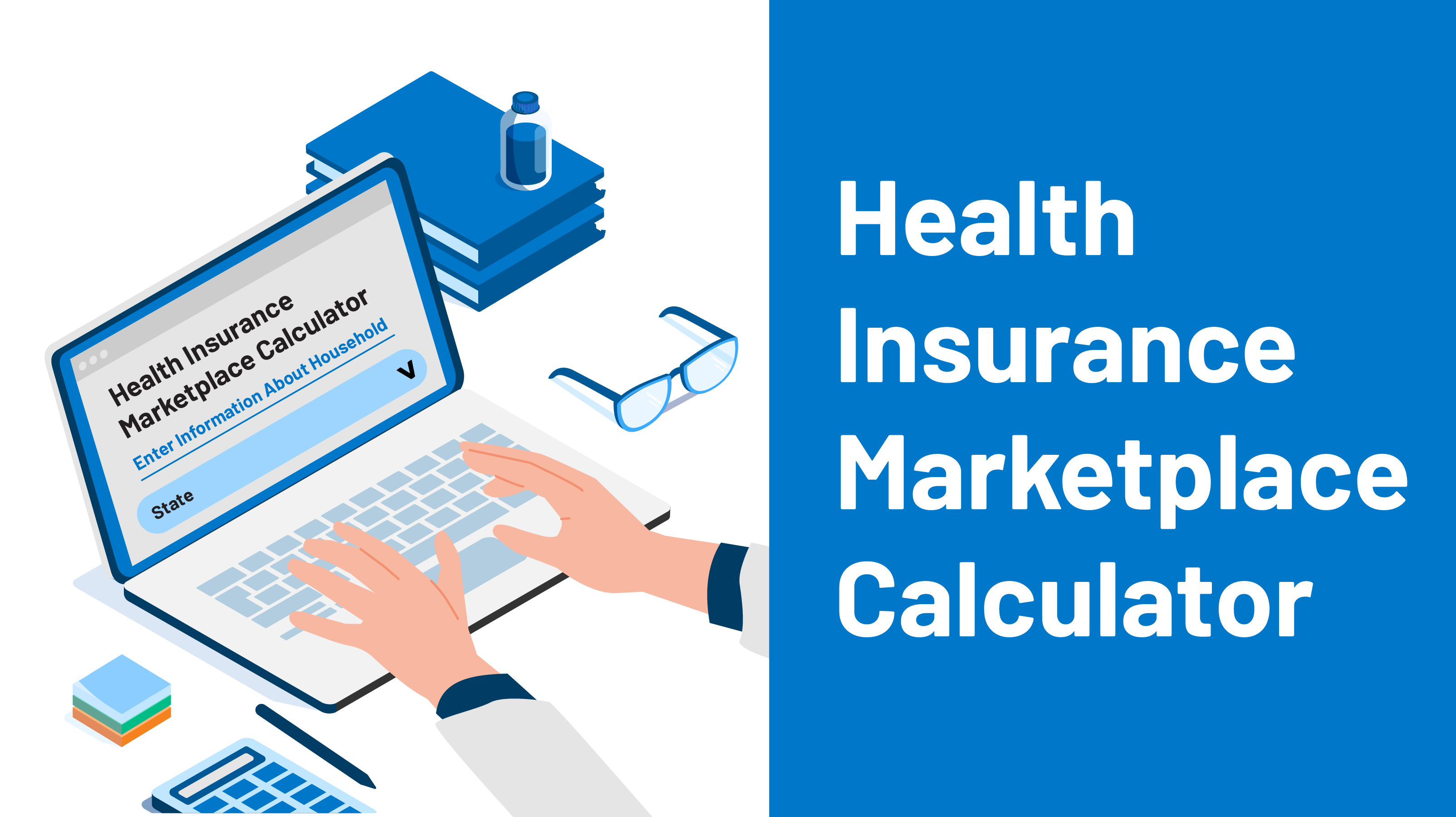State health insurance marketplaces – or exchanges – vary in terms of enrollment platforms, carrier availability, rates and more. Learn more about your marketplace.
The Affordable Care Act (ACA), enacted in March 2010, called for the creation of an exchange in each state, but the practical implementation of those exchanges varies considerably from one state to another.
This overview answers questions about what the exchanges are, what they offer, and how they work. You can select a state on the map below to see specific details about that state’s exchange.
A health insurance marketplace – or health insurance exchange – is a platform/portal that consumers can use to purchase private individual and family health insurance plans and receive income-based subsidies to make coverage and care more affordable.
Each state has an official health insurance marketplace, operated either by the state, the federal government, or both. In most states, HealthCare.gov serves as the marketplace enrollment platform, but some states run their own platforms, such as Covered California, New York State of Health, Connect for Health Colorado, MNsure, etc.
You are not required to buy coverage through the marketplace. There is no longer a federal penalty for not having health coverage (although DC and four states have state-based penalties for people who choose to remain uninsured). And even when there was a federal penalty, people could choose to purchase their coverage off-exchange instead of buying a plan through the marketplace (with the exception of DC, where individual and small-group coverage is only available through the marketplace).
But if you don’t buy your coverage through the exchange, you cannot obtain premium tax credits or cost-sharing reductions, even if you’d otherwise be eligible for them (and most people are eligible for subsidies). This is one of the primary reasons people shop in the marketplace, as full-price individual health insurance premiums would simply be too costly for most people.























